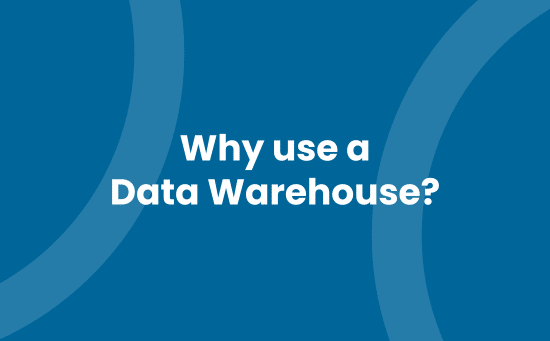Ask yourself this question – is your data inconsistent between your systems? This is the beginning, the middle and the end of it. If you have to consolidate data for reports, view historic data from different systems, re-enter information more than once, then you are already on the back foot.
Using a Data Warehouse brings many benefits, no matter the size of your company. It can also be set up quickly and cost-effectively, driven by what your business actually needs. Benefits include:
- Integrating various systems, sharing data between all business applications and enabling communication between staff, customers and suppliers.
- Implementing public-facing portals, seamlessly sharing information between your business and external entities, thus streamlining communication as an end-to-end process.
- Automating your business processes using data in your systems thereby removing duplicate manual entry when completing data-driven tasks.
- Control of your data and business processes in one central and secure place.
- Reporting across multiple data sets, joining information together, helping you make more informed decisions.
- Helping you monitor changes to your data so you can act upon it.
- Supporting GDPR-compliance by knowing all the information about your contacts.
- Returning instant value back to your business at a low investment point.
Read our blog on Why your Business needs a Data Warehouse.
Consuming Information in a Data Warehouse
As well as ensuring that utopia of a 360-degree view of your prospects, customers and suppliers by connecting your business systems, adding a Business Intelligence (BI) solution can deliver crucial business insights. Think of a Data Warehouse as the “brain” of the solution and use it to deliver data to your BI platform.
Some systems have built-in BI but are sometimes limited to data held within that particular database. Enterprise BI solutions, such as Microsoft Power BI, enable companies to view and report on their data using interactive and graphical tools.
Do more of what you do well
For example: identify your customers’ spending trends, your top geographical regions, your most successful account managers so you can focus on the areas where you have the most success.
Head off problems before they manifest themselves
Use the joined-up data to carry out risk assessments so that proactive processes can be put in place to prevent an issue from happening in the first place.
Be confident in your decisions
Empower the leaders in your business to safely make informed decisions based on highly accurate information.
What next?
Want to explore whether your business could benefit from a Data Warehouse? Get in touch.


